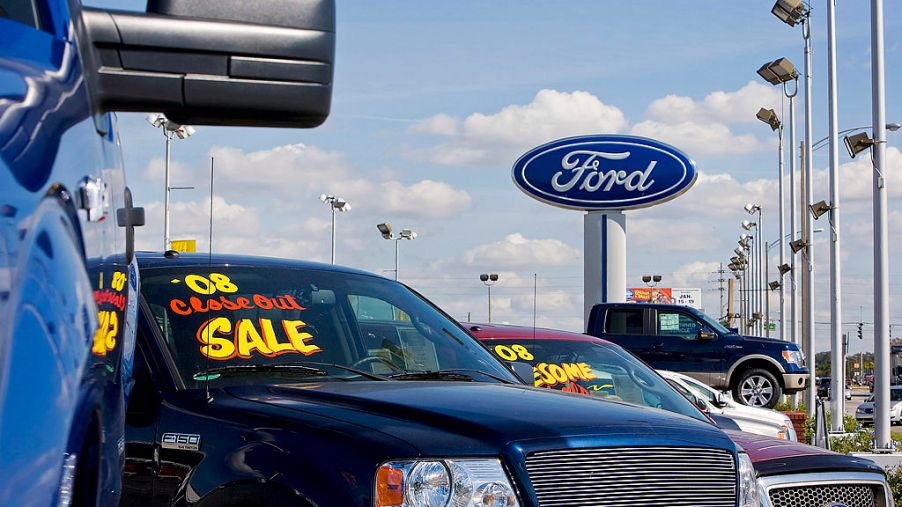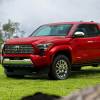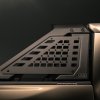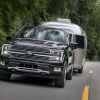
Why It’s Safer to Buy an Older, Used Truck, According to the IIHS
The number of auto accidents and pedestrian deaths has skyrocketed over the past few years, and automakers have definitely taken notice. Cars now come equipped with many standard safety features as well as the option to upgrade for more. Even popular pickup trucks are now outfitted with the latest technology and driver’s assistance suites.
Because of larger momentum and longer crumple zones, bigger cars are widely believed to be safer than smaller cars. However, according to a new study conducted by the IIHS, the newest large vehicles on the market aren’t the safest choices. Despite outdated technology, it may be safer to buy an older model of some popular trucks and SUVs.
Study findings
According to the latest crash test results, passengers in newer pickup trucks are at the highest risk for injury in the event of an accident. In the passenger-side small overlap frontal test, it was discovered that most of these trucks couldn’t hold up under the force of a crash.
In this test scenario, the car crashes into a barrier at a speed of 40 mph. A quarter of the vehicle’s total width will crash along the passenger’s side. Before 2017, this type of test was only performed for the driver’s side of the car.
Cars that were tested
11 different pickup trucks were used in this test, all from the 2019 model year. The Toyota Tundra got the lowest possible score in the passenger-side overlap test. Interestingly, it received a “marginal” rating in the driver’s side overlap test, but this is only one step above the lowest rating.
Five other pickups also received a marginal score: the Nissan Frontier, GMC Sierra 1500, GMC Canyon, Chevrolet Silverado 1500, and Chevrolet Colorado. The Toyota Tacoma and Honda Ridgeline passed the test with an “acceptable” rating. Only three vehicles managed to get an above-average score: the Ram 1500, Nissan Titan, and Ford F-150.
Why is this happening?
Some speculate that a possible cause for the Tundra’s poor performance is its outdated design. While many other trucks have received structural enhancements and cosmetic changes, the Tundra has stayed the same since 2014. However, the Silverado only managed to pass the test with a marginal rating despite its redesign for this year, so this could be subjective.
Others are concerned that manufacturers are paying more attention to the driver’s side of the vehicle rather than the passenger’s side. Since the driver is the one operating the vehicle, they have many more safety features at their disposal. While injuries are generally less severe for passengers in the second row, they usually don’t even have airbags to protect them during an accident.
Are older used trucks better?
Since there’s no data on passenger-side damage prior to 2017, drivers may feel safer purchasing an older truck from before this model year. However, there are some drawbacks to this. Some older trucks don’t have the best engines or high towing capacities. Obviously, this could be an issue if you need the truck for work.
The other issue is the lack of added safety features. Ultimately, what keeps both large and small cars safe on the road is the amount of driver’s assistance features inside. Things like automated emergency braking, pedestrian detection, and blind-spot monitoring all help prevent injuries and fatalities.
How can trucks be improved?
Pickup trucks are now the best-selling type of car in the United States. With more customers behind the wheel, the safety ratings of these vehicles need to be drastically improved. Automakers need to be equally concerned with the truck’s structural integrity as they are with getting the highest towing or payload rating.



